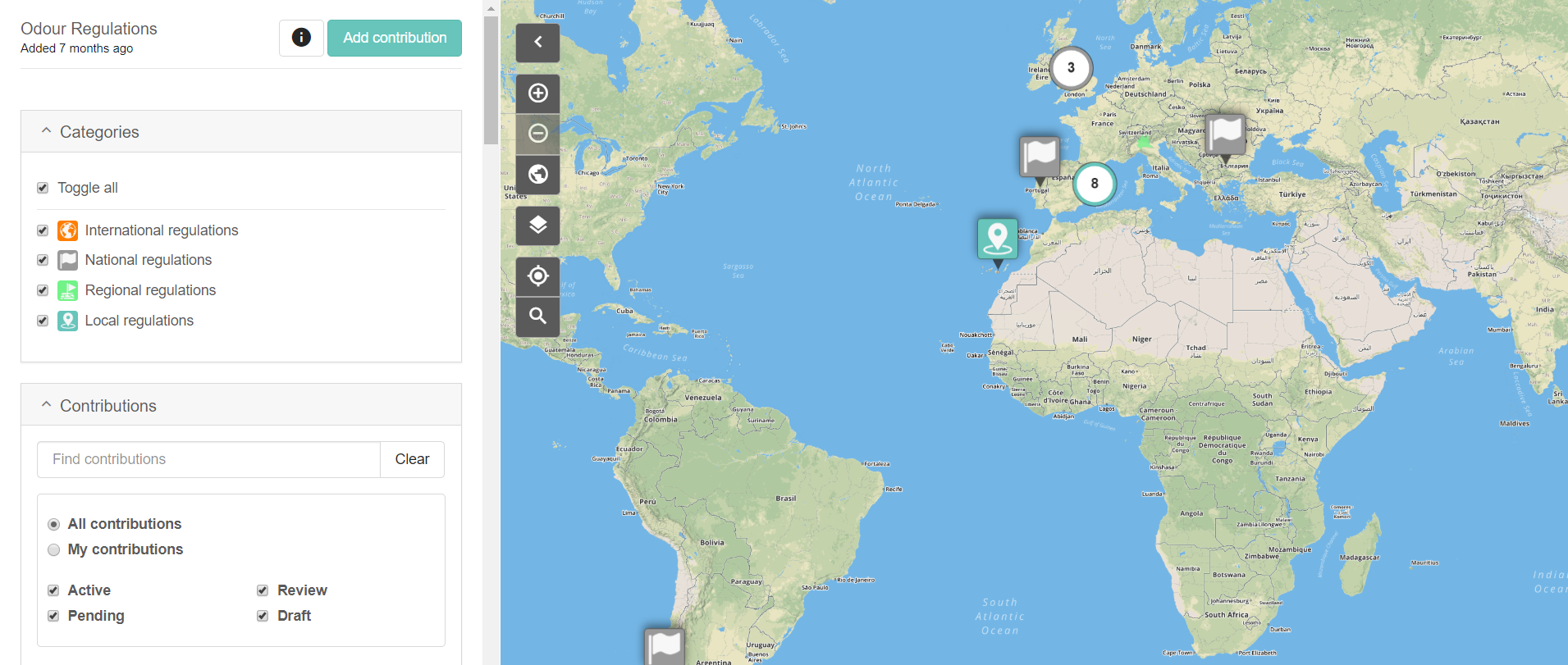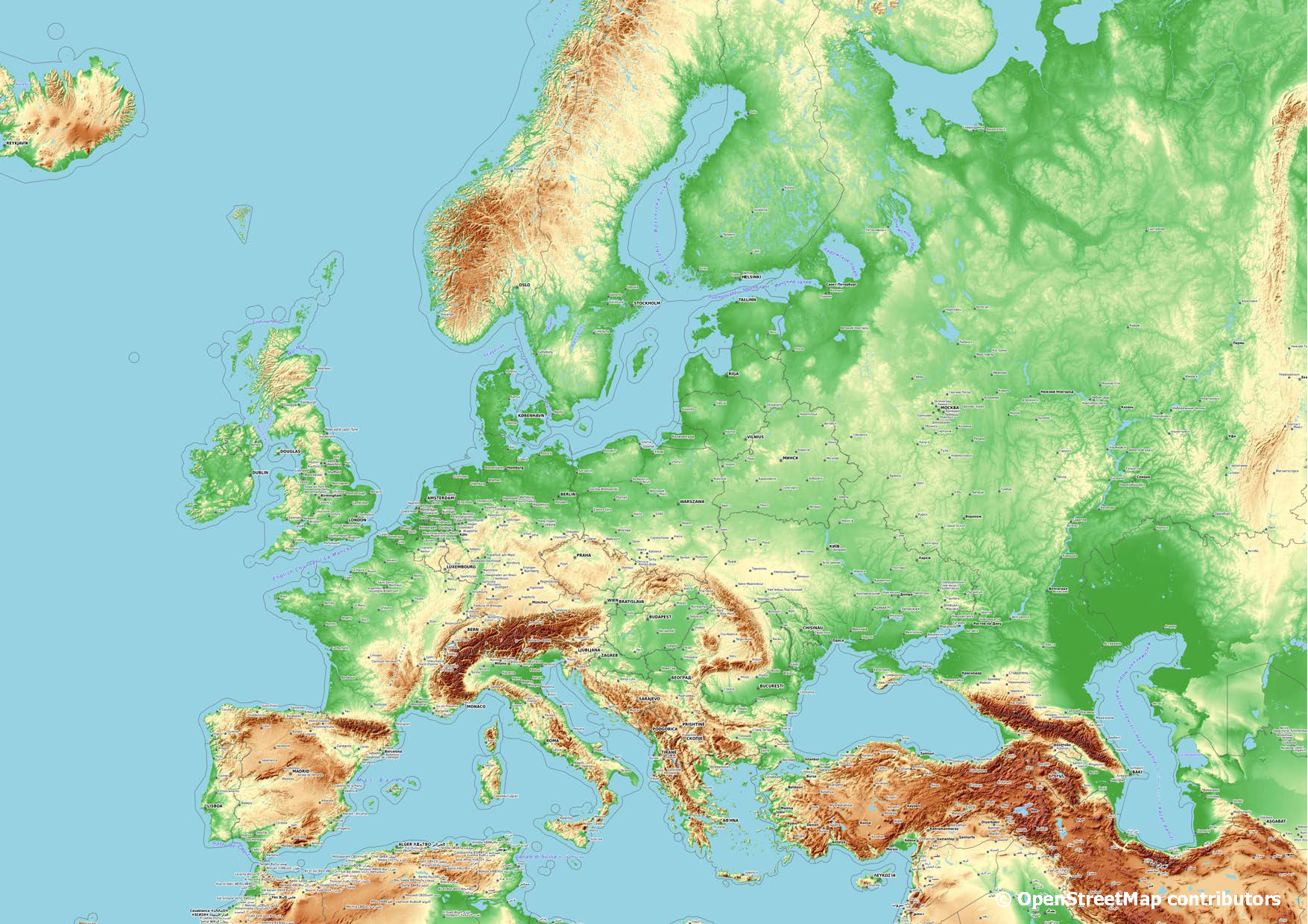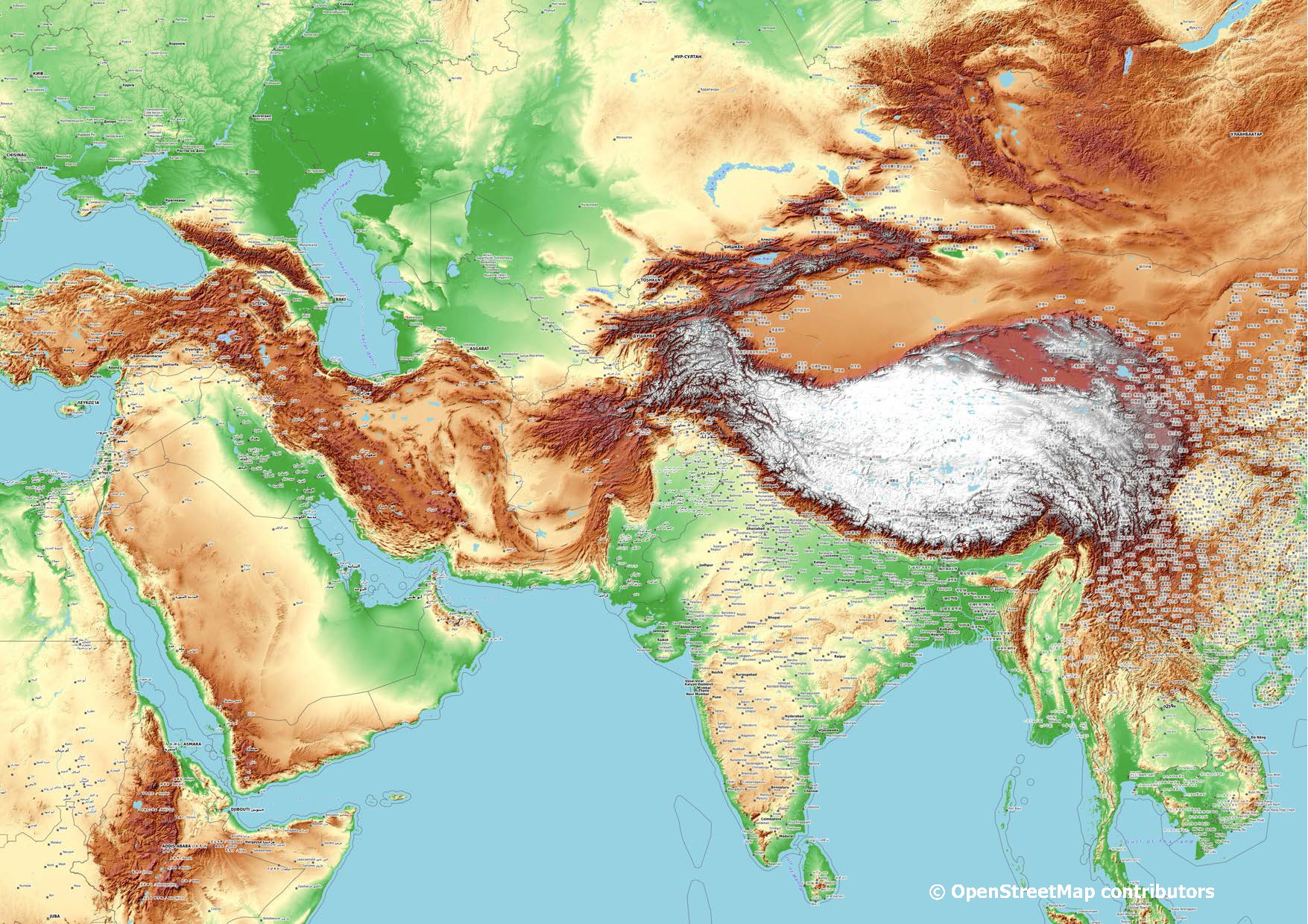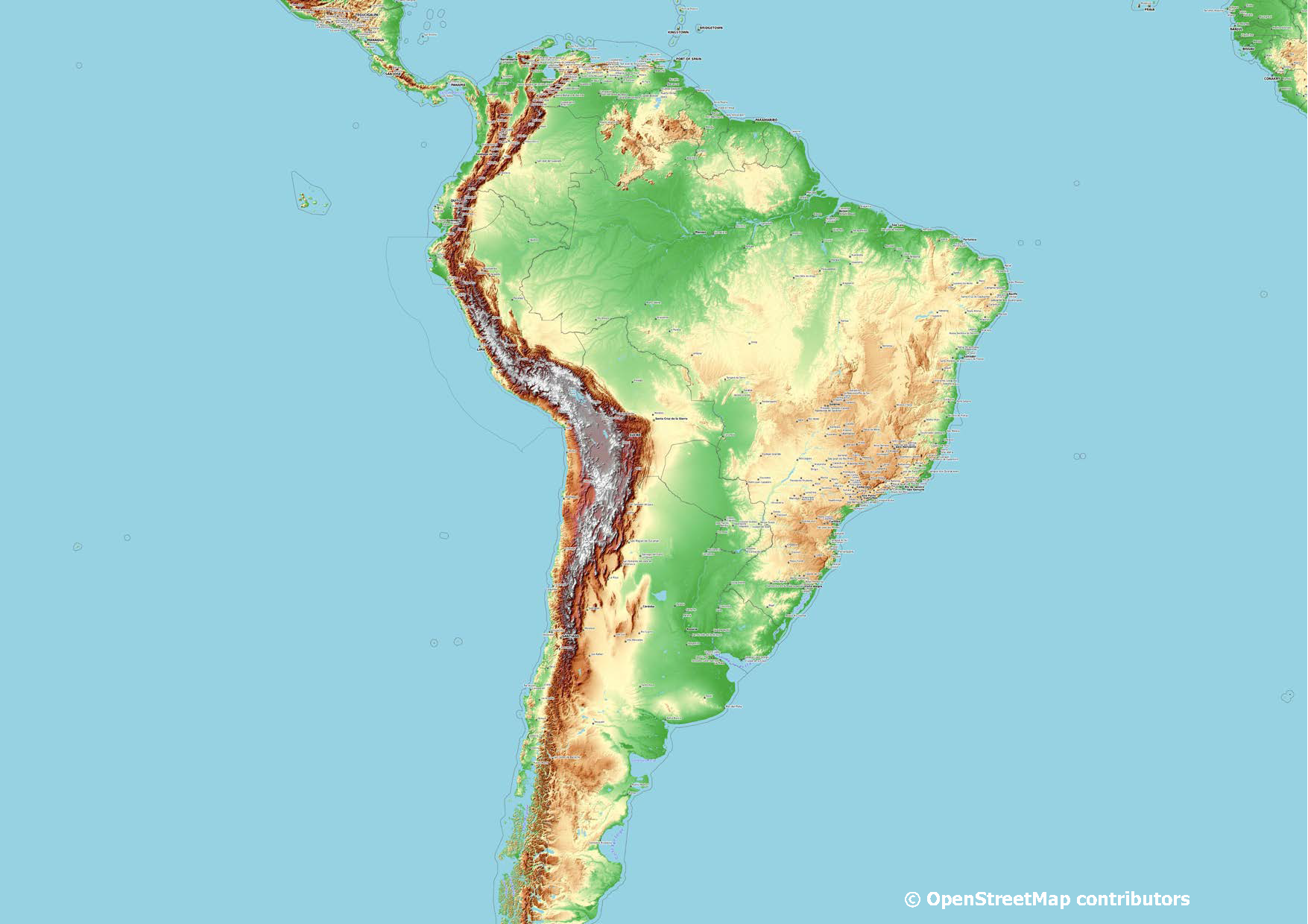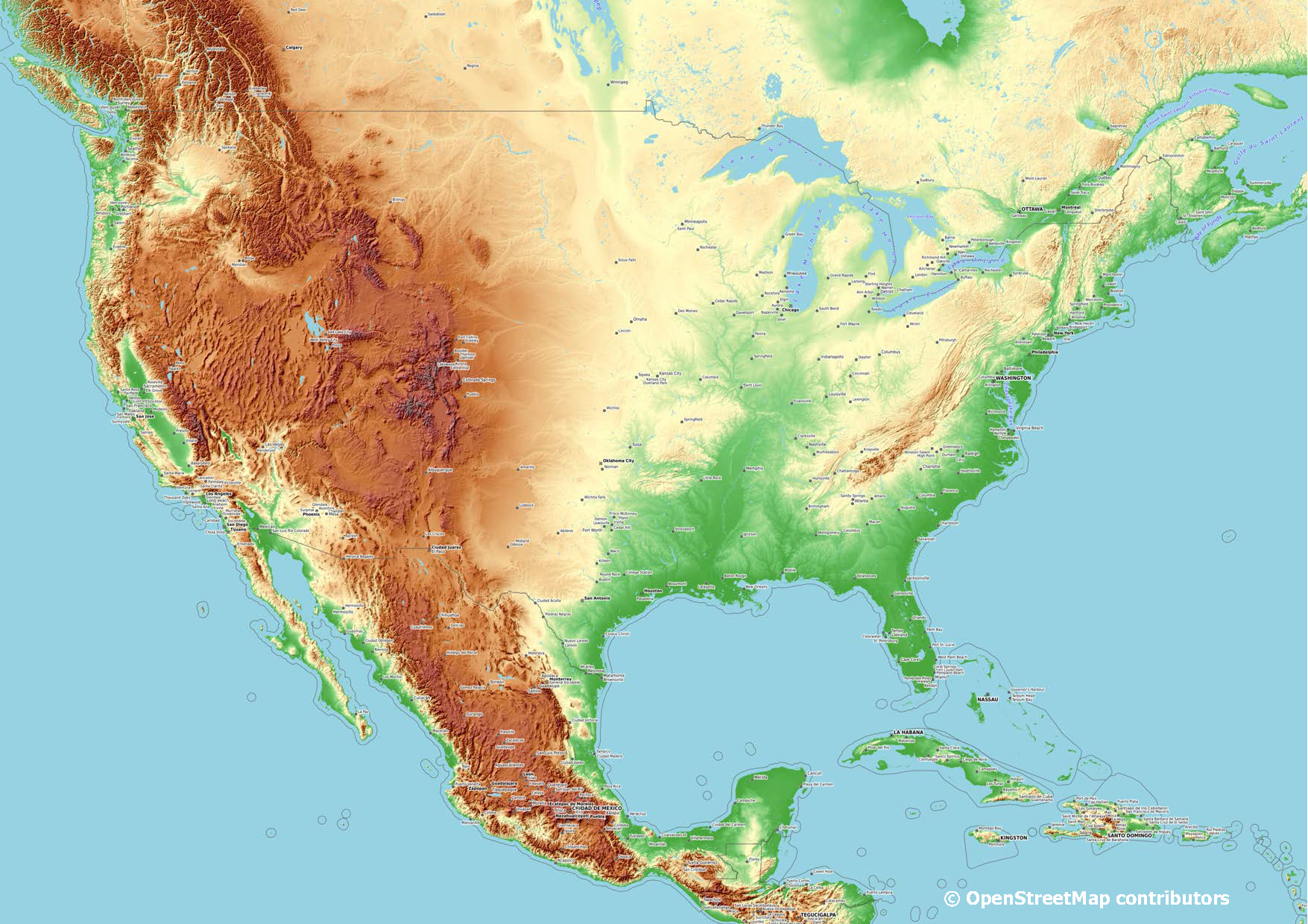Know Your Rights

Regulating odour pollution is not straight forward - one of the reasons is the complexity of reliably measuring odour levels. In contrast to other air pollutants, odorants can be difficult to detect as they are usually present in the air in very low concentrations.
Even if every odorant could be detected, this would not tell us the whole story, as some odorants are perceived as more pungent or unpleasant than others. Therefore, in the case of odour regulation, sensorial measures are required to find out the odour strength perceived by individuals rather than simply measuring the concentration of odorants present. This makes the job of regulating odour impact more complex than other environmental issues.
How To Complain
Below we’ve provided a list of the different options that are possible for complaining:
Usually, these actions have no associated financial cost.

Regulations
Regulating odours
Across the world, countries rely on different types of frameworks or legal documents to regulate odour emissions which may cause nuisances. Not all countries will issue regulations, however, they might rely on the use of standards or issue guidelines.
- Regulations Rules published in an official journal made by a government or other authority which compliance is mandatory. This includes laws, decrees, ordinances, etc. In some cases, a guideline is published in an official journal, in this case, this guideline becomes a regulation.
- Standard Technical document issued by any international Standardisation body (ISO, CEN, CENELEC, ASTM, AIEE, etc) or National ones. They are not published in official journals and they are usually for sale on the websites of these organisations.
- Guideline Technical report, technical guidance, technical guide, etc made by other organisations, such as government bodies, associations, technical groups, and so on, along with the aforementioned, but that have a different status.
Odours regulations across the world
Many countries already legislate for odour controls (Bokowa et al., 2021). However, as you can see on the Regulation Map, odour control legislations are very heterogeneous across countries, individual states, regions or even counties and towns. In fact, odour control criteria are highly variable. Research on the topic shows that legislation ranges from no specific mention of odour control for pollutants known to have an odour impact to extensive details about odour source testing, dispersion modelling, monitoring, control technologies and procedures (Bokowa et al, 2021).In 2021, 17 international odour experts published a review of odour policy and regulation for several countries in Europe, Asia, South America, North America and Australia (Bokowa et al, 2021). While it may only represent a snapshot of odour regulations as of 2021, it provides a useful recap to understand how odour pollution is understood currently.

